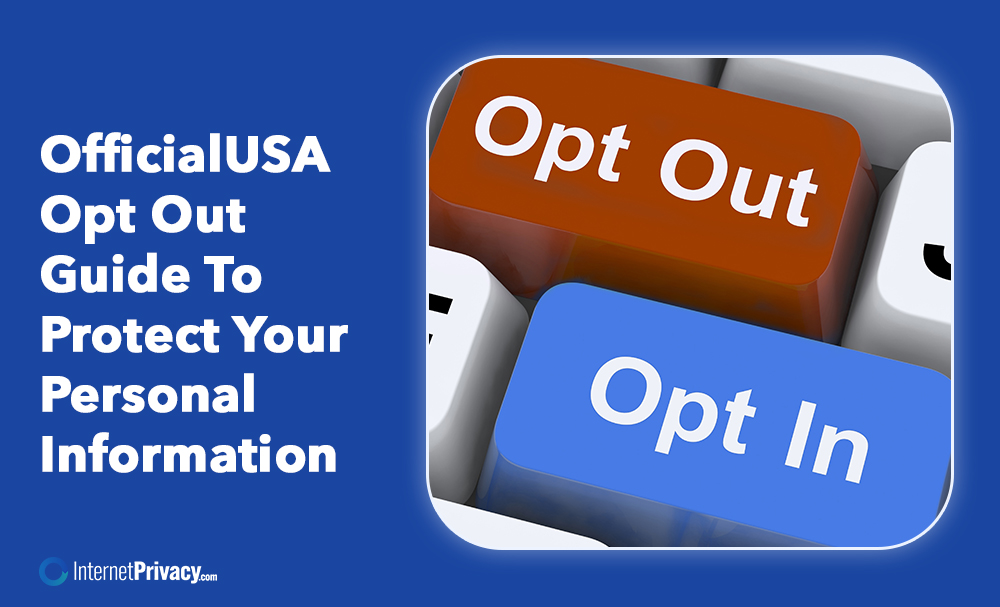Defamatory Content: How to Effectively Identify and Remove

You might think spotting defamatory content is straightforward, but nuances often complicate the process. To protect your reputation or your business, it’s vital you know how to identify and remove harmful material efficiently.
This guide will walk you through understanding what constitutes defamation, including slander and libel, and help you recognize it in various forms. You’ll learn about the legal considerations that differentiate between free speech and defamation, ensuring you don’t overstep while defending your rights.
Furthermore, you’ll discover removal strategies and techniques that are both effective and respectful of legal boundaries. Finally, we’ll cover how to monitor for potential defamation and prevent it from spreading, keeping your online presence clean and your personal or brand image intact.
Understanding Defamatory Content
In dealing with defamatory content, you must first clearly discern statements that are unlawfully injurious to someone’s reputation from those that are legally permissible. Defamation includes both libel, which is written, and slander, which is spoken. For a statement to be defamatory, it must be false and have been communicated to someone other than the person it’s about. It also must be demonstrated that the statement caused harm or is likely to cause harm to the person’s reputation.
Analyzing whether the content is defamatory requires a precise evaluation of these criteria. You’re tasked with considering the veracity of the statement, the context in which it was presented, and the potential impact on the subject’s reputation. It’s a meticulous process, but essential for maintaining legal and ethical standards.
Identifying Harmful Material
You’ll need to meticulously scrutinize content to pinpoint any statements that may be defamatory. To identify such material, consider the following:
- Check for Falsehoods: Assess whether the content includes verifiably false information about an individual or entity.
- Analyze Context: Look at the full context in which the statement is made; sometimes, the defamatory nature isn’t apparent without understanding the surrounding circumstances.
- Gauge Reputational Harm: Determine if the statement could harm someone’s reputation, as defamation typically requires that the content is damaging.
- Seek Legal Thresholds: Understand the legal definitions and thresholds for defamation in your jurisdiction, as these can vary and will influence what’s considered harmful.
Legal Considerations
Consider consulting a legal professional to understand the nuanced defamation laws that apply to your situation. Recognize that defamation statutes can vary significantly between jurisdictions. What’s considered defamatory in one area may not hold the same weight in another. It’s imperative to ascertain whether the content meets the legal criteria of defamation in your specific locale, which typically includes a false statement presented as fact, communicated to a third party, and causing harm to reputation.
Additionally, bear in mind the possible defenses available to the publisher, such as truth, opinion, or privilege. These can significantly impact your ability to have the material removed. You’ll need to establish that the content isn’t protected by these defenses to strengthen your removal request or legal case.
Removal Strategies and Techniques
Once you’ve confirmed that the material is indeed defamatory, it’s time to explore effective strategies and techniques for its removal. Here are four key steps to consider:
- Contact the publisher: Request the author or webmaster to take down the defamatory content. Be clear and concise, providing legal justification if necessary.
- Utilize platform reporting tools: Report the content on social media or search engines using their built-in mechanisms for handling defamation.
- Send a legal notice: If initial requests are ignored, a cease and desist letter can be more persuasive.
- Seek court-ordered removal: As a last resort, obtaining a legal order can compel the host or author to delete the content.
Each step requires a careful approach to ensure compliance with legal standards and effective resolution.
Monitoring and Preventing Defamation
After you’ve addressed the removal of defamatory content, it’s crucial to establish a proactive monitoring system to guard against future defamation. You’ll want to implement real-time alerts and scanning protocols across digital platforms where your reputation could be compromised. This includes social media, forums, and review sites.
Setting up keyword alerts for your name, brand, and associated terms is a strategic move. It’s essential to analyze the context of mentions to discern potential defamation from benign chatter. Engaging a reputation management tool or service can streamline this process, offering sophisticated analysis and rapid response capabilities.
Regularly update your monitoring criteria to reflect evolving threats. Stay abreast of legal developments concerning defamation to ensure your preventative measures are robust and legally sound.
Conclusion
You’ve now grasped the nuances of defamatory content, recognizing its potential harm and the legal framework that governs it. By employing targeted removal strategies, you can effectively mitigate risks.
Remember, ongoing vigilance is crucial; monitor your digital footprint regularly to prevent defamation. By taking these informed actions, you protect both your reputation and legal standing, ensuring that damaging content doesn’t compromise your online presence.
=> If you found this article useful, you might also enjoy:
–Stop Junk Mail: Protect Your Internet Privacy
–Exploring Legalities: Is FastPeopleSearch Legal?
–How to Opt-Out of Rehold.com: A Detailed Guide
–Blocking Truthfinder: A Quick Guide
And more, visit our blog!





